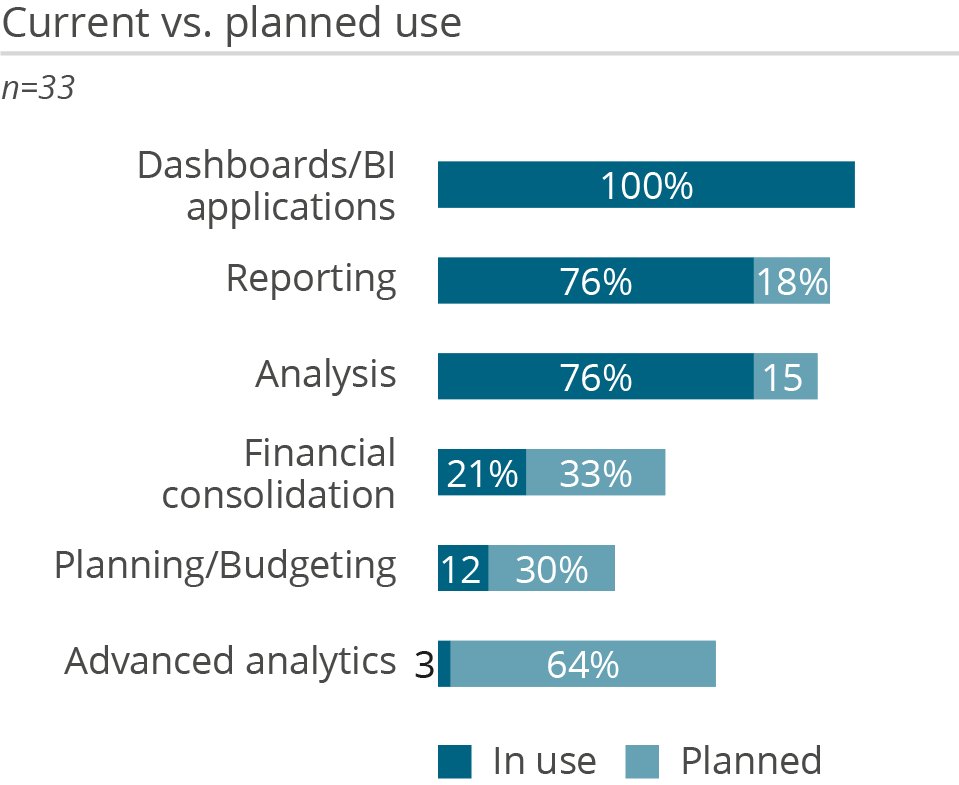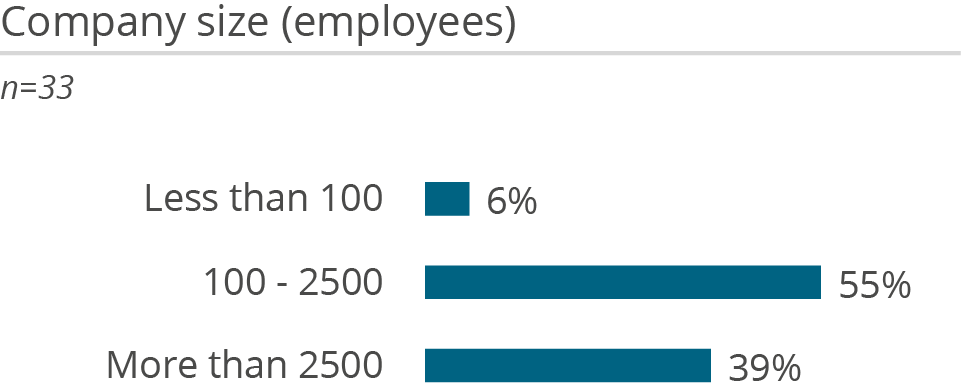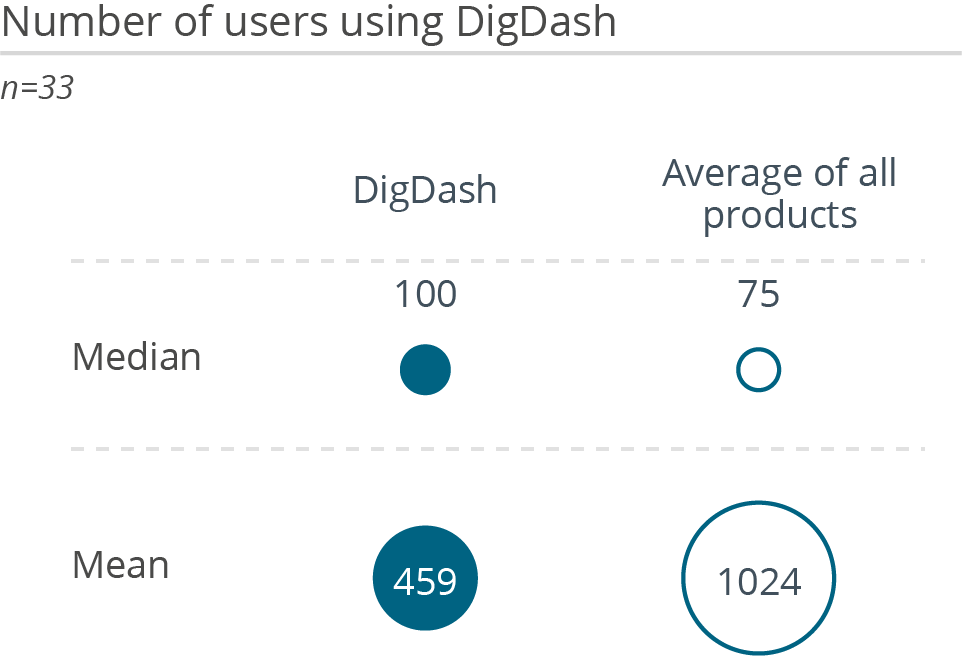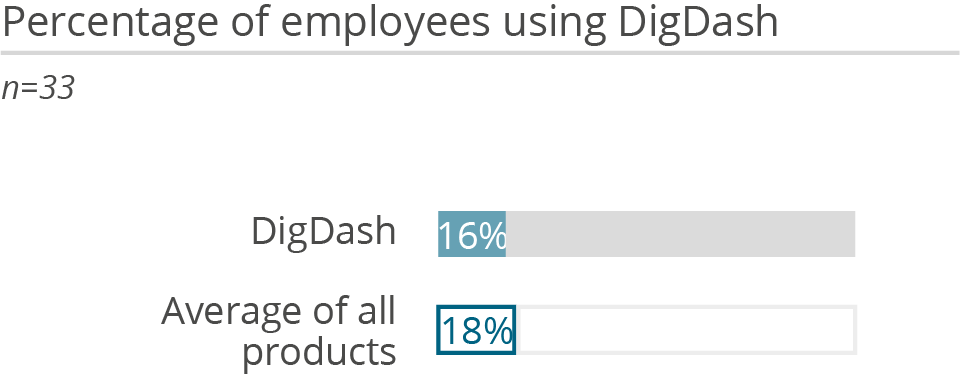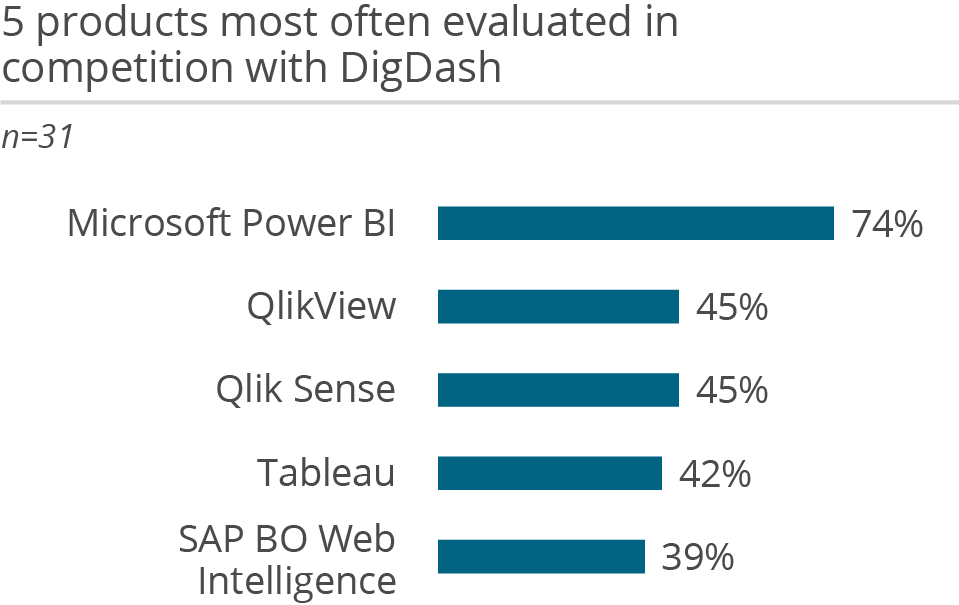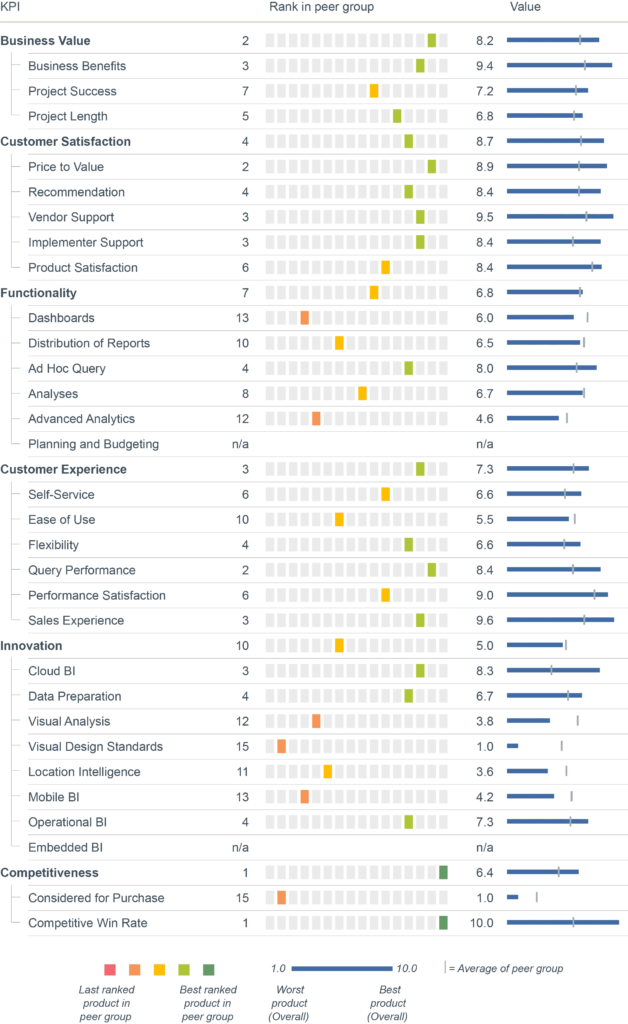DigDash was founded in 2006 by former Business Objects employees. Their aim was to provide enterprises with easy-to-use software to help them in their decision-making processes by translating their data into valuable information.
The vendor currently employs about 70 people in France and has more than 540 customers with a combined total of over 10,000 users. The majority of DigDash’s revenues are generated in France. The company has a diverse range of customers from different industries. They include large corporations such as Orange, Airbus and CEA; public sector bodies such as Ministère de l’Europe et des Affaires étrangères, CDG33 and Metropole de Toulouse; as well as smaller companies such as Delta Plus, Interflora and Chenavari.
However, in recent years DigDash has expanded into other French-speaking regions through partnerships with systems integrators, adding partners in France, Senegal and Morocco.
DigDash offers a single solution called DigDash Enterprise, which was built in-house by the vendor without any acquired technologies. DigDash Enterprise is designed for business users to create interactive data applications. Its dashboard functionality is complemented by a set of predefined statistical methods, ad hoc query capabilities within dashboard applications and functions to create PowerPoint and Excel documents based on dashboard content, text and video material. Moreover, the vendor offers support for LibreOffice, integration of R and Python as well as Apache Nutch for indexing and searching unstructured data.
DigDash Enterprise connects to a wide range of data sources (including newly added open data) and typically stores data in its own database, though live connectivity is also supported. For data access and modeling, the vendor has migrated its full client (Enterprise Studio) to the web. Business users generally work in the web client to create dashboards and analyses.
For data discovery, business analysts can load selected file formats directly via the web interface. The product assists less experienced content creators by suggesting visualizations based on the selected data and by automatically aligning content on a predefined dashboard grid. Advanced creators can leverage fine-grained controls to position objects precisely and configure their behavior. Moreover, the product supports the use of JavaScript and the creation of buttons and actions to create more advanced and custom web applications.
For business analysts, selected file formats can be loaded directly via the web interface. The product supports less advanced content creators by suggesting graphics based on the selection of data or content alignment on a dashboard once a predefined grid has been selected. Advanced content creators can use fine-grained functionality to place objects and affect their behavior.
In recent releases, DigDash has enhanced both its technical platform and user-facing capabilities, improving usability and expanding ad hoc analysis. For example, it now provides more granular access and rights management, enabling customers to offer the software as a service to additional internal groups. The platform also strengthens governance with features such as dependency analysis and an automatically generated data catalog that can be enriched with enterprise-specific metadata. For organizations using external data catalogs, DigDash Enterprise now includes an API to integrate with those systems.
In emerging areas such as natural language processing and AI, DigDash has introduced NLQ (natural language query) capabilities and support for connecting to LLMs across different environments, including hosted options provided by DigDash. This enables customers to leverage AI for tasks like code or formula generation. Rather than building its own copilot, DigDash has adopted the MCP protocol to integrate with existing chatbots, agents or copilots already in use by customers.
Importantly, DigDash continues to offer traditional perpetual licenses with maintenance fees alongside its subscription model. This approach reflects its strong adoption in the public sector and government agencies.

